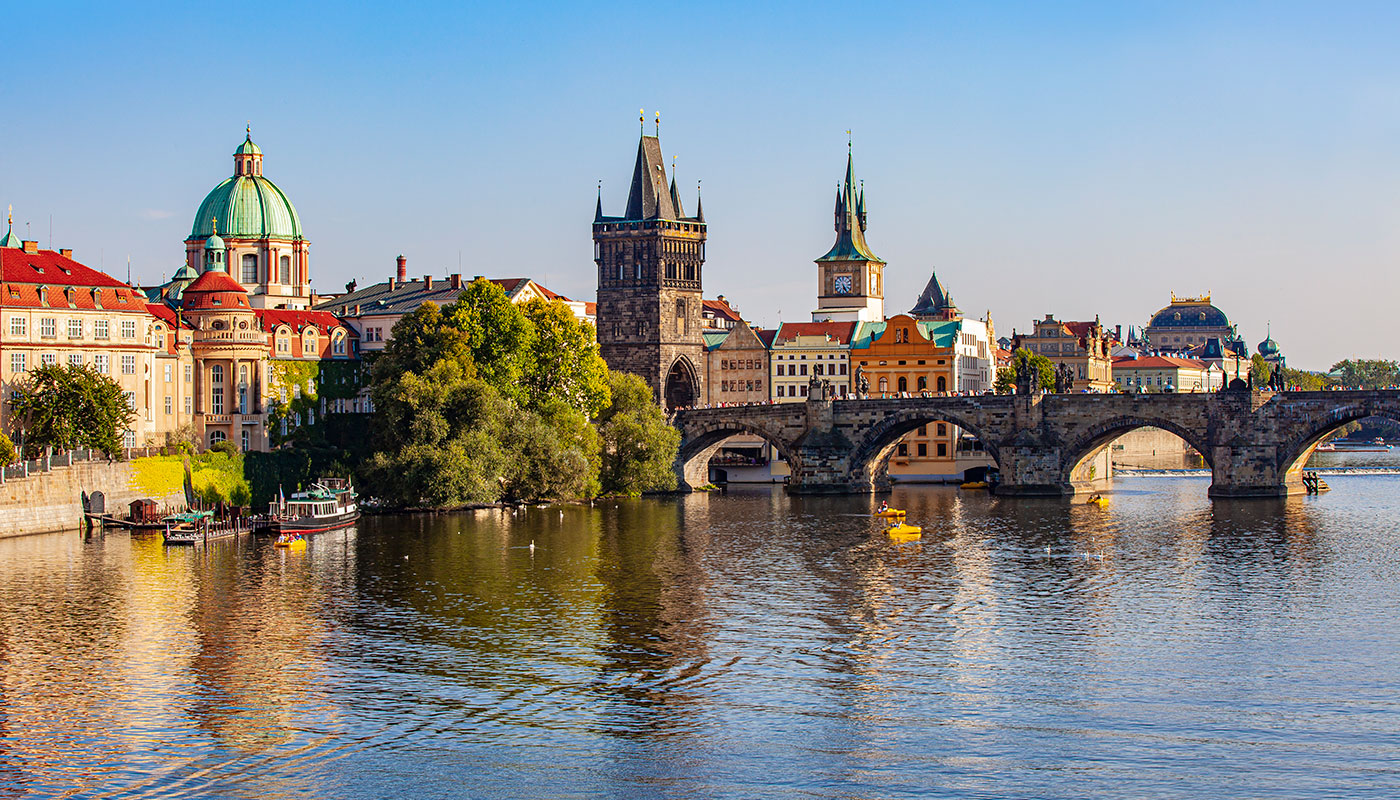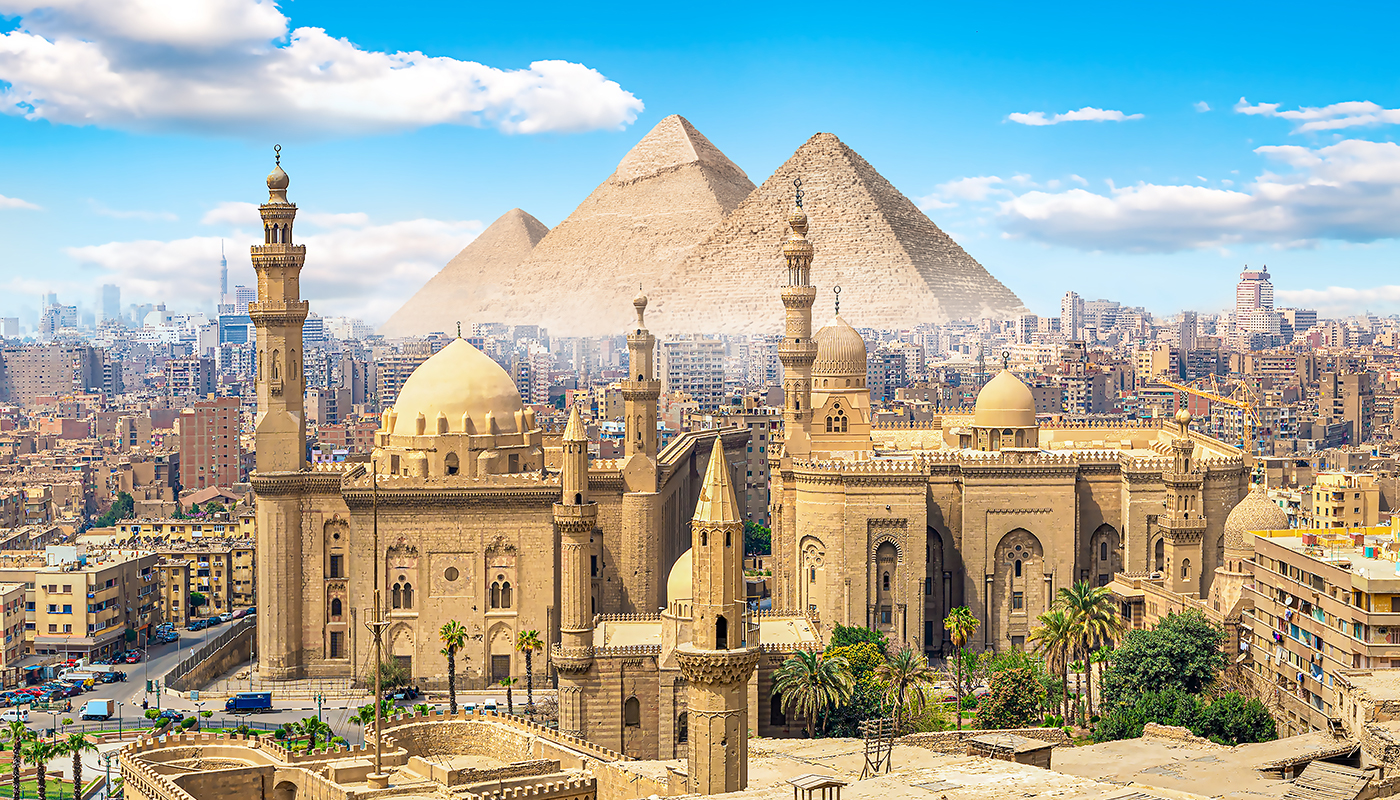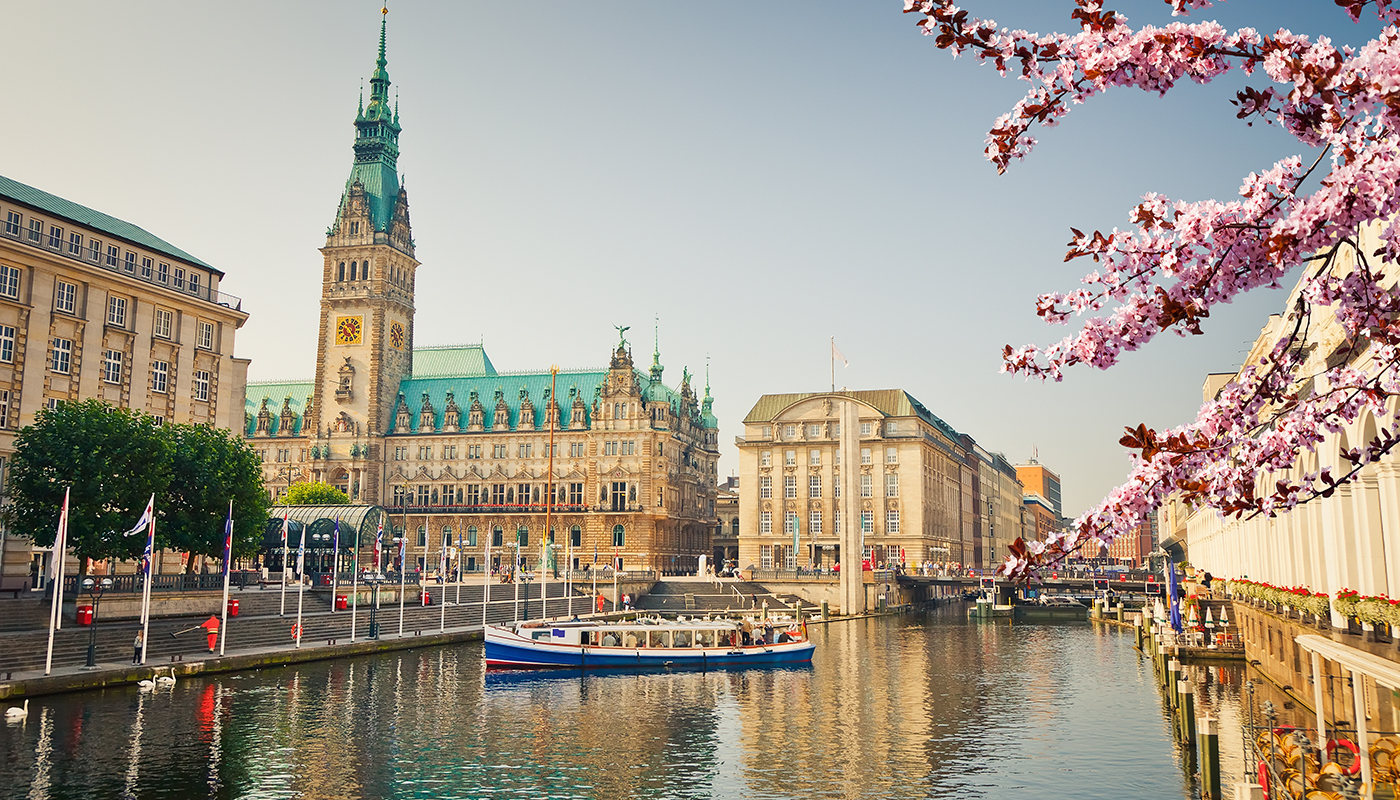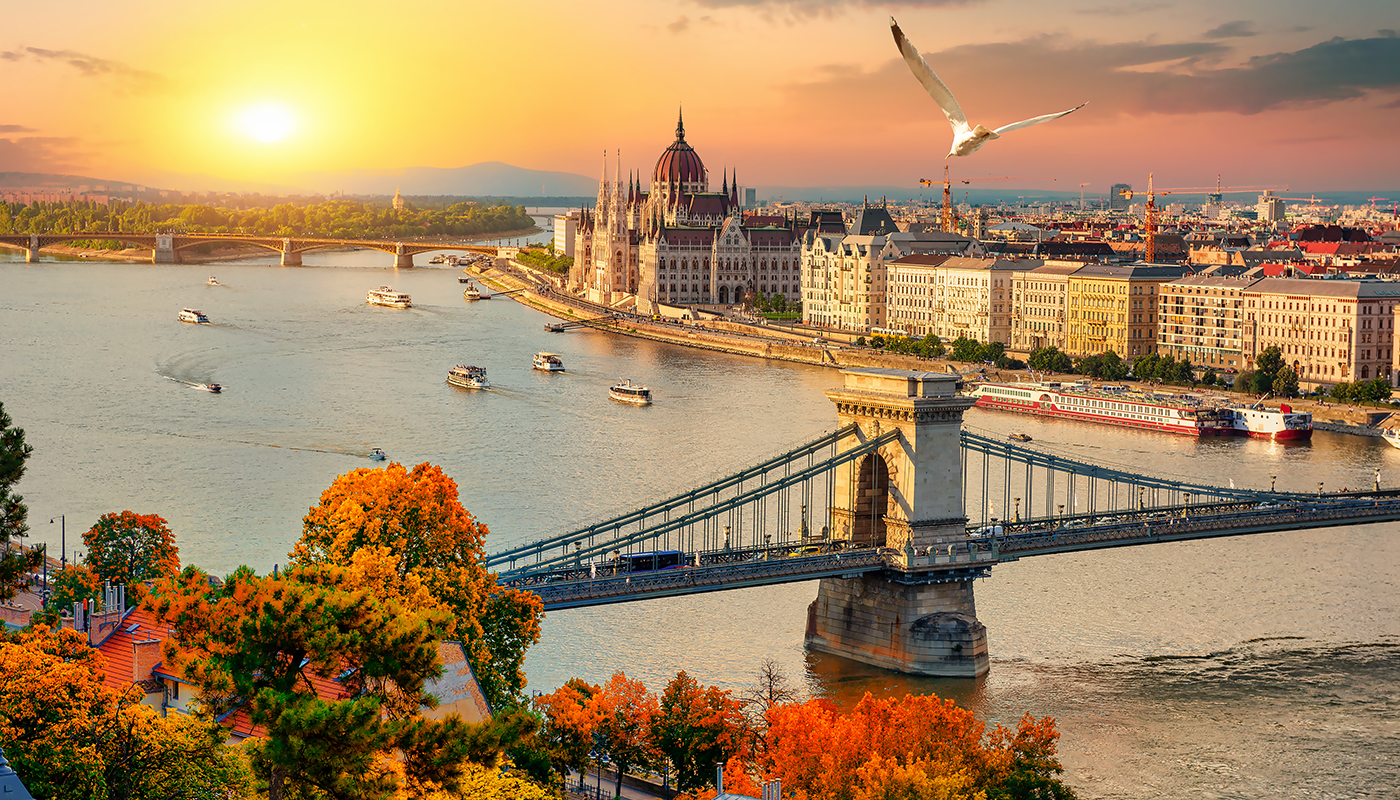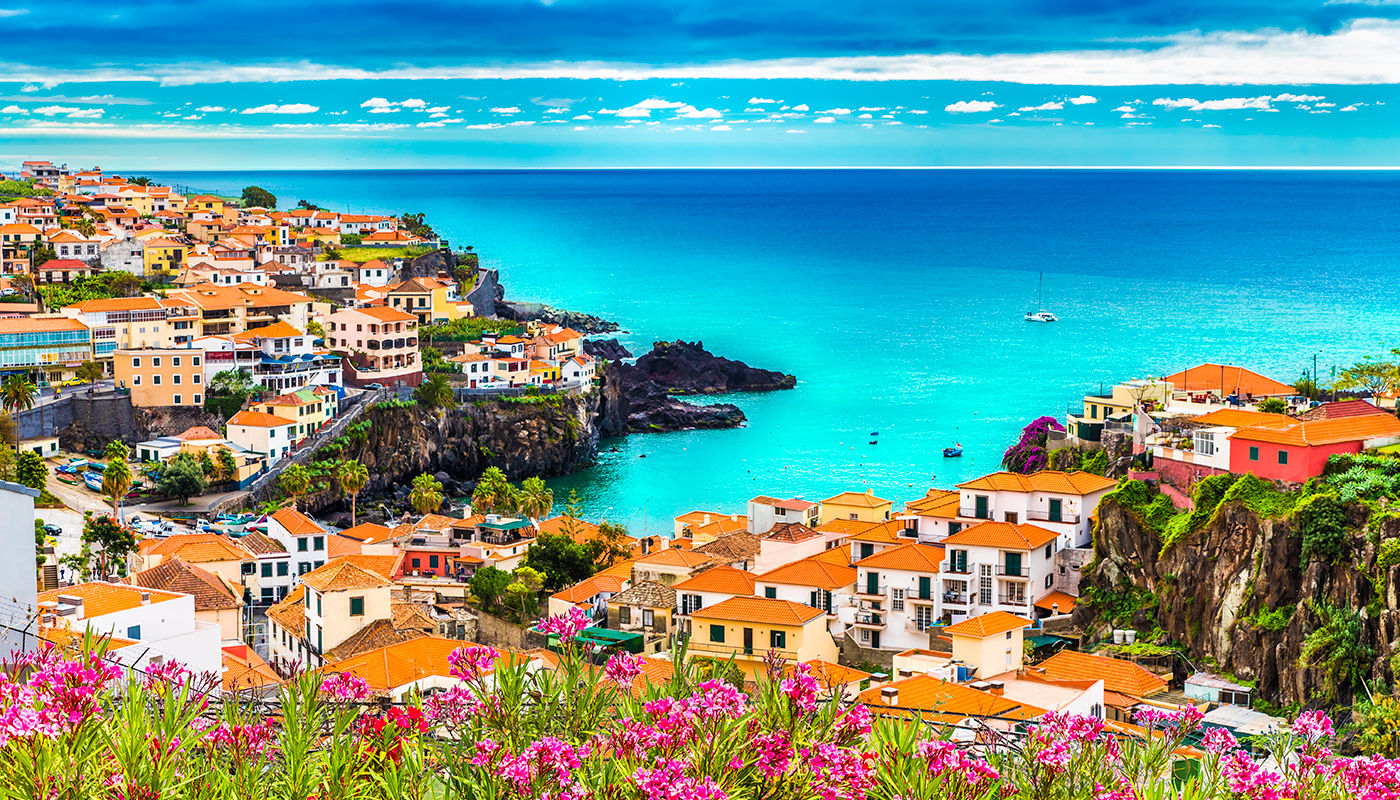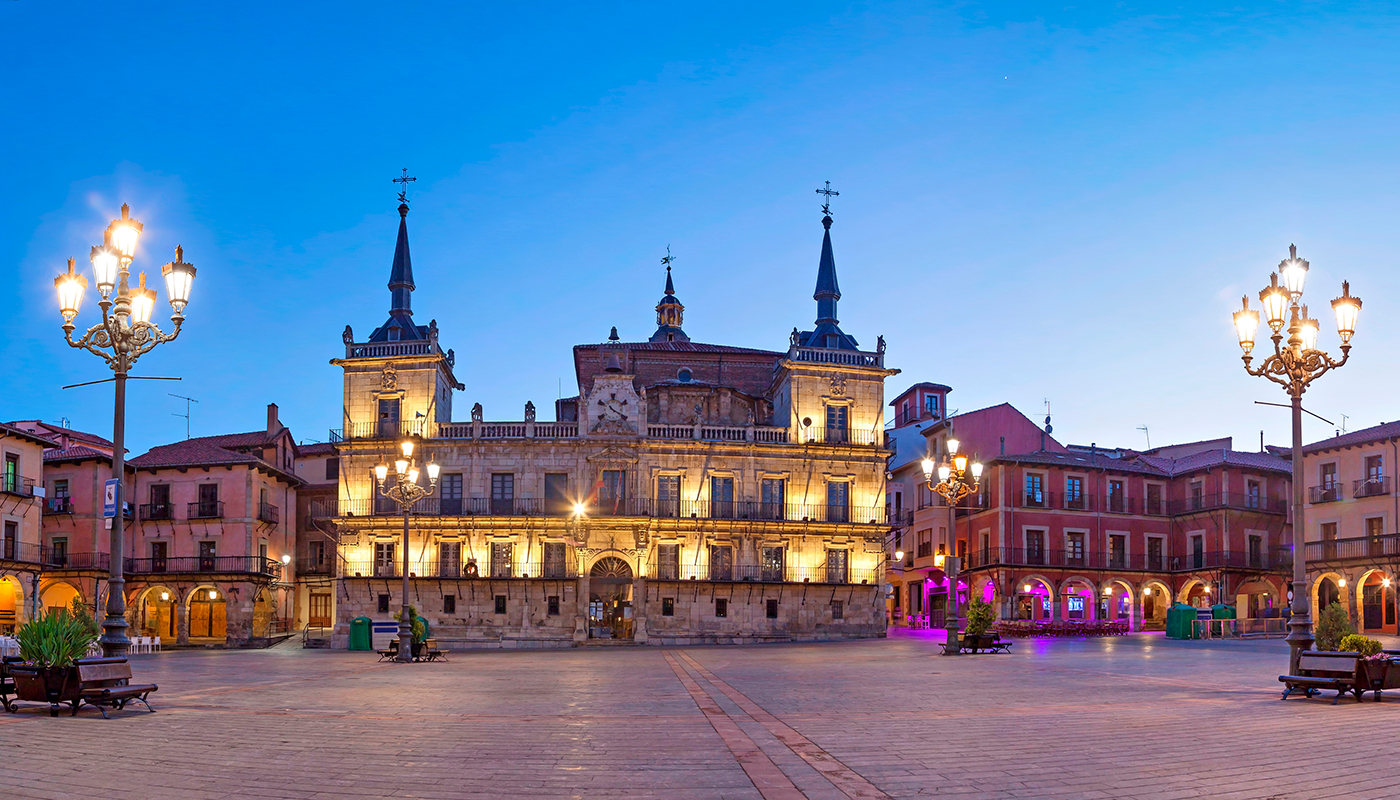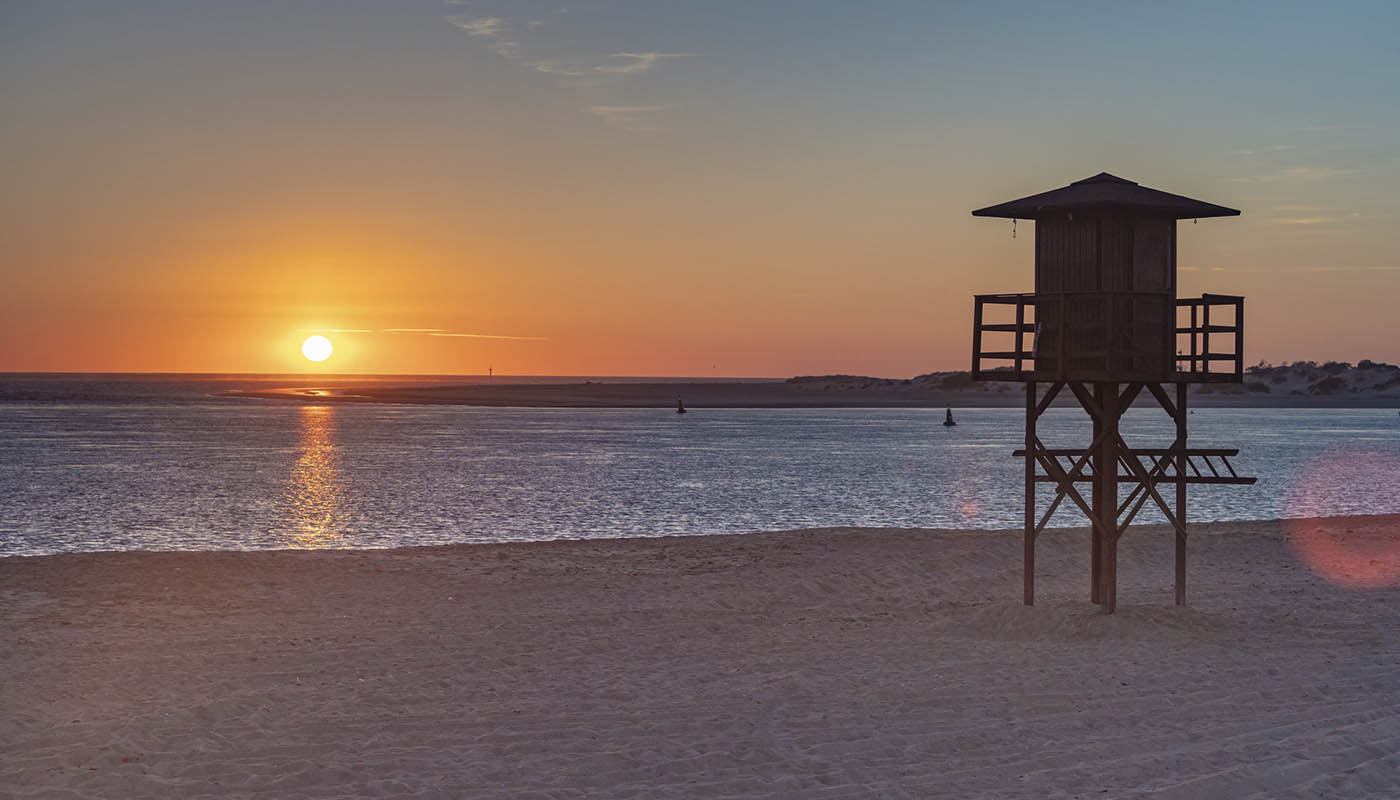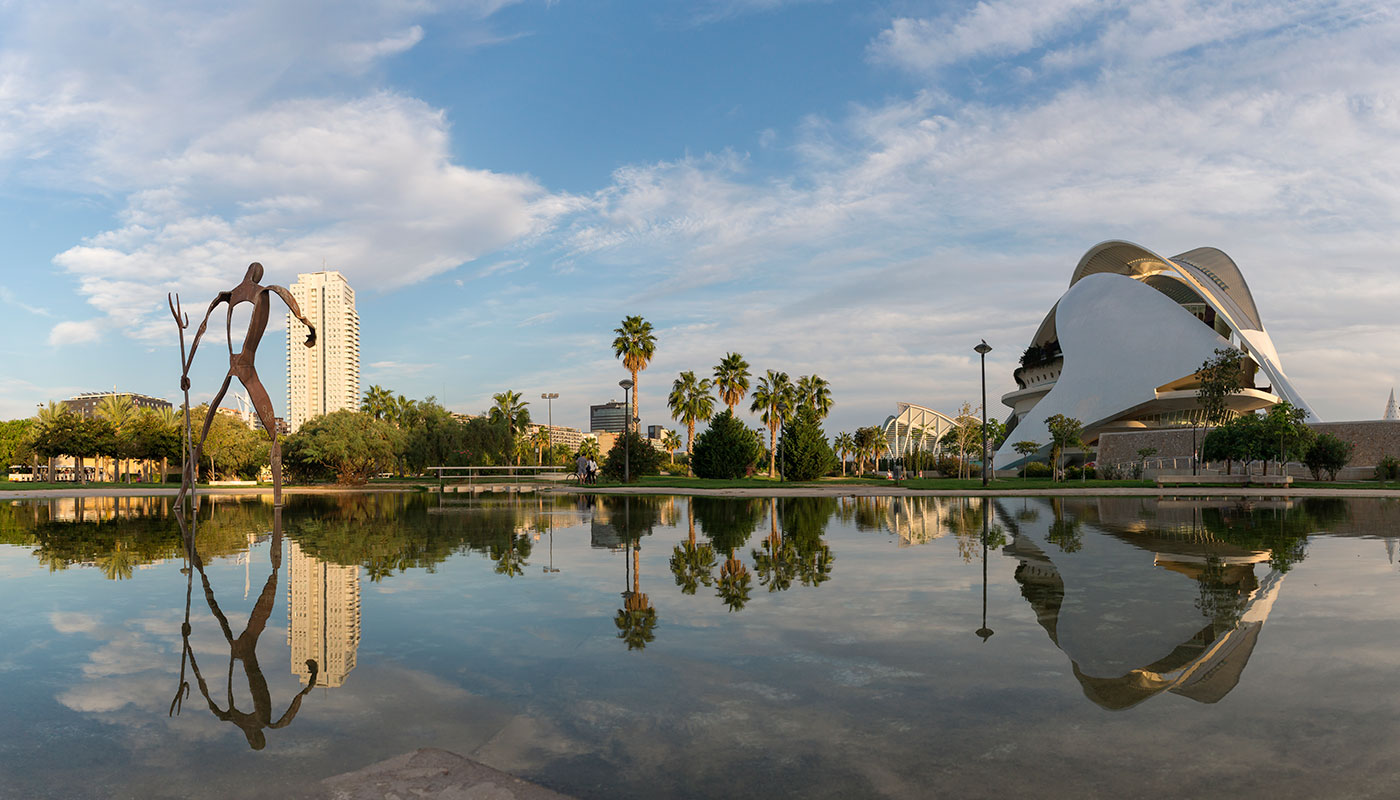Cortegana is a small town with just under 5,000 inhabitants. It is in the Huelva mountain range and its medieval charm makes it a popular tourist spot. Indeed, the castle, which you can see from far away, is at the heart of a wonderful medieval festival that is held in the town every August. In the old quarter, you can also enjoy the charming, typical local architecture.
So what should you visit in Cortegana? Don’t miss a visit to the castle, but keep in mind that Cortegana also has a lot more on offer. If you intend to spend the day there, use this guide to ensure that you make the most of your outing.
Cortegana Castle
As we were saying, the medieval castle is Cortegana’s jewel in the crown. It has been awarded monument of cultural interest status. The castle is rather impressive on the outside and certainly does not disappoint on the inside. A visit inside will take you back to ancient times and in the museum you can see some of the original furnishings, works of art and documents. From time to time, there are also temporary exhibitions.

Getting to the castle does mean crossing the town and walking up the hill to the very top, but you’ll soon see that it is worth the effort when you step inside and enjoy the intricate, captivating interior. Here’s a little bit more about the castle.
The origins
Cortegana Castle was built in the late 13th century. Construction of the fortress was ordered by King Sancho IV to defend the border from Portuguese invaders. As time went by, the fortress fell into disuse and it was also damaged by the catastrophic earthquake in Lisbon in 1755. Fortunately, in the 20th century, the castle underwent an extensive restoration project and much of its original splendour was recuperated.
What to see inside
You can step inside the castle and take a walk around the ward or peek into the different rooms such as bedrooms, store rooms and dungeons. The water storage cistern and tower are still in excellent condition.
There is a chapel (Nuestra Señora de la Piedad) inside the fortification and it houses an image of the local patron saint. The chapel has undergone numerous changes over the centuries. It was built in the 13th century, extended in the 16th and 17th centuries, renovated in the 19th century and redecorated in the 20th century.
Cortegana’s medieval fair

The local council organises an annual celebration with a medieval theme that has become something of a tradition having been held for over two decades now. The event is one of the most popular in the entire province. The Medieval fair is held during the second week of August. The area just outside the castle walls bustles with activities reminiscent of the medieval era and visitors can enjoy plays, magic and concerts.
What else to see in Cortegana
Cortegana’s other main attraction is Divino Salvador church. It is a Mudéjar-style temple and another of the cultural interest monuments in the town. You’ll easily spot it in the old quarter because it stands tall above the homes. It has three covered naves and, since it underwent significant changes during the Catholic Monarchs period, the only remaining part of the original structure is the ‘Portada del Perdón’ or ‘door of forgiveness’.
But the church is not the only other feature in the town. You can also enjoy:
- The bullring. It dates back to 1854 and is made of stone. Bullfights are still held there.
- San Sebastián Gothic-Mudéjar church.
- A small, modern temple called Ermita del Calvario. It was built in the 20th century and it houses a 1607 image of Jesus of Nazareth.
- The local lavoir where women gathered to wash their clothes and chat. It is in excellent condition.
Where to eat in Cortegana
You can eat well in Cortegana. The food in Sierra de Aracena is incredibly tasty. Pork is the star of the show, and you will find excellent cuts of char-grilled meat and extraordinarily tasty cold cuts. The exquisite jamón de Jabugo (Jabugo ham), of course, must not be missed.
You can also taste excellent seasonal mushrooms that are picked in the local area. Migas and gazpacho de invierno are other local delicacies that are typical of the winter months. Pisto and asparagus with scrambled eggs are more popular during the warmer part of the year. If you decide to eat in Cortegana, some of the most typical restaurants that you can go to include Casa Ferre (Ramón y Cajal, 7) and El Pontón (on the N-433 road on the outskirts of the town).
What to see near Cortegana

If you’ve got a little extra time, there are also some wonderful spots near to Cortegana. If you have not already been there, you can enjoy some wonderful countryside in the Parque Natural Sierra de Aracena y Picos de Aroche natural park. There are around thirty towns and villages in the area including:

- Alájar, which has a very well-kept old quarter. It is known locally as the ‘balcony onto the mountains’.
- Almonaster la Real, an enchanting town with an Islamic touch.
- Aracena is the main town in the area. Its main features are an Almohad castle and the Grotto of Marvels.
- Linares de la Sierra, a typical mountain town with cobbled streets.
- Cumbres Mayores and its castle. King Sancho IV ordered this castle to be built.








